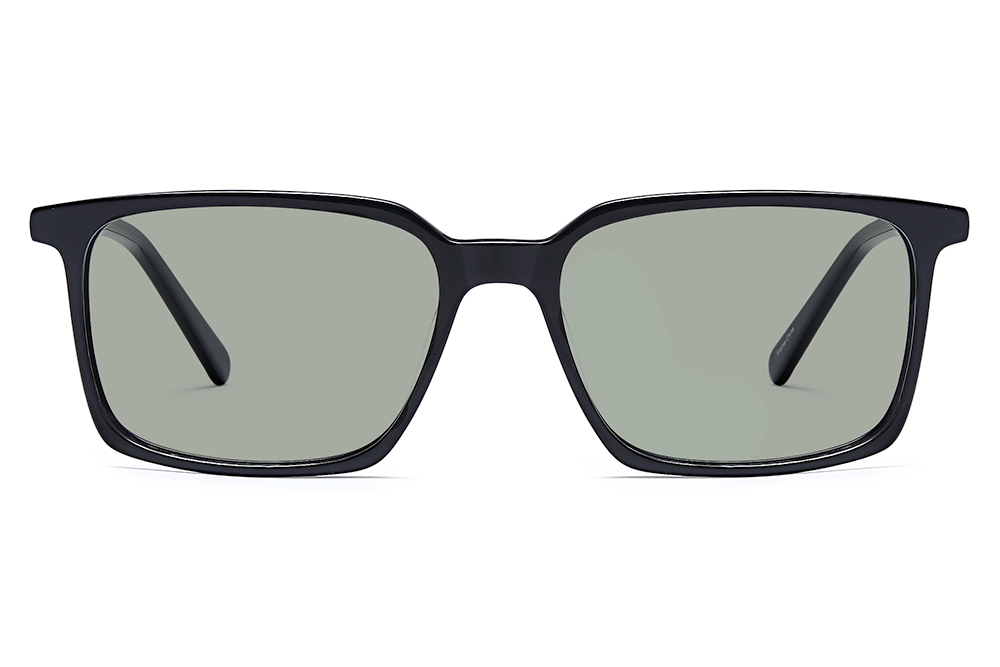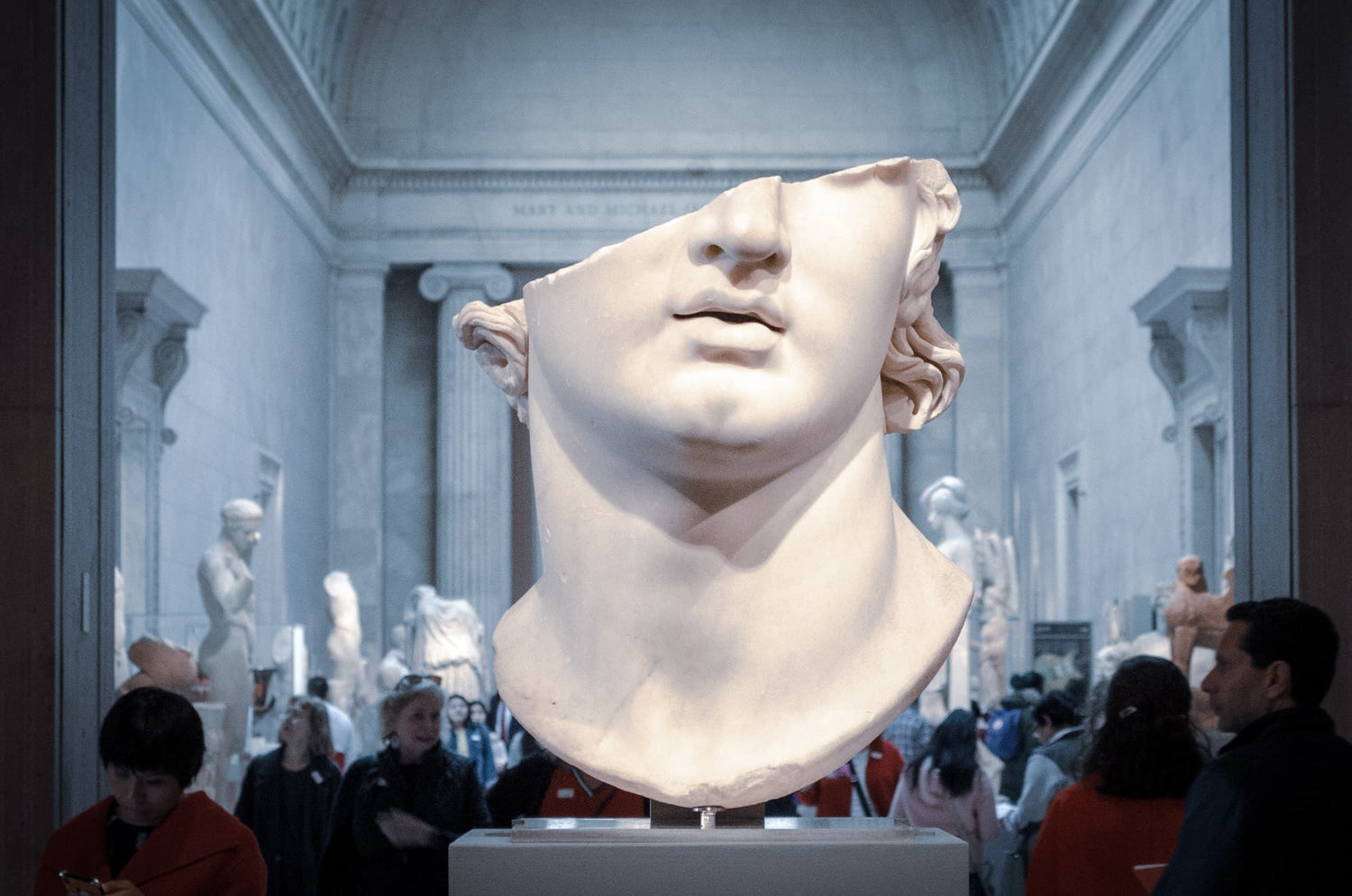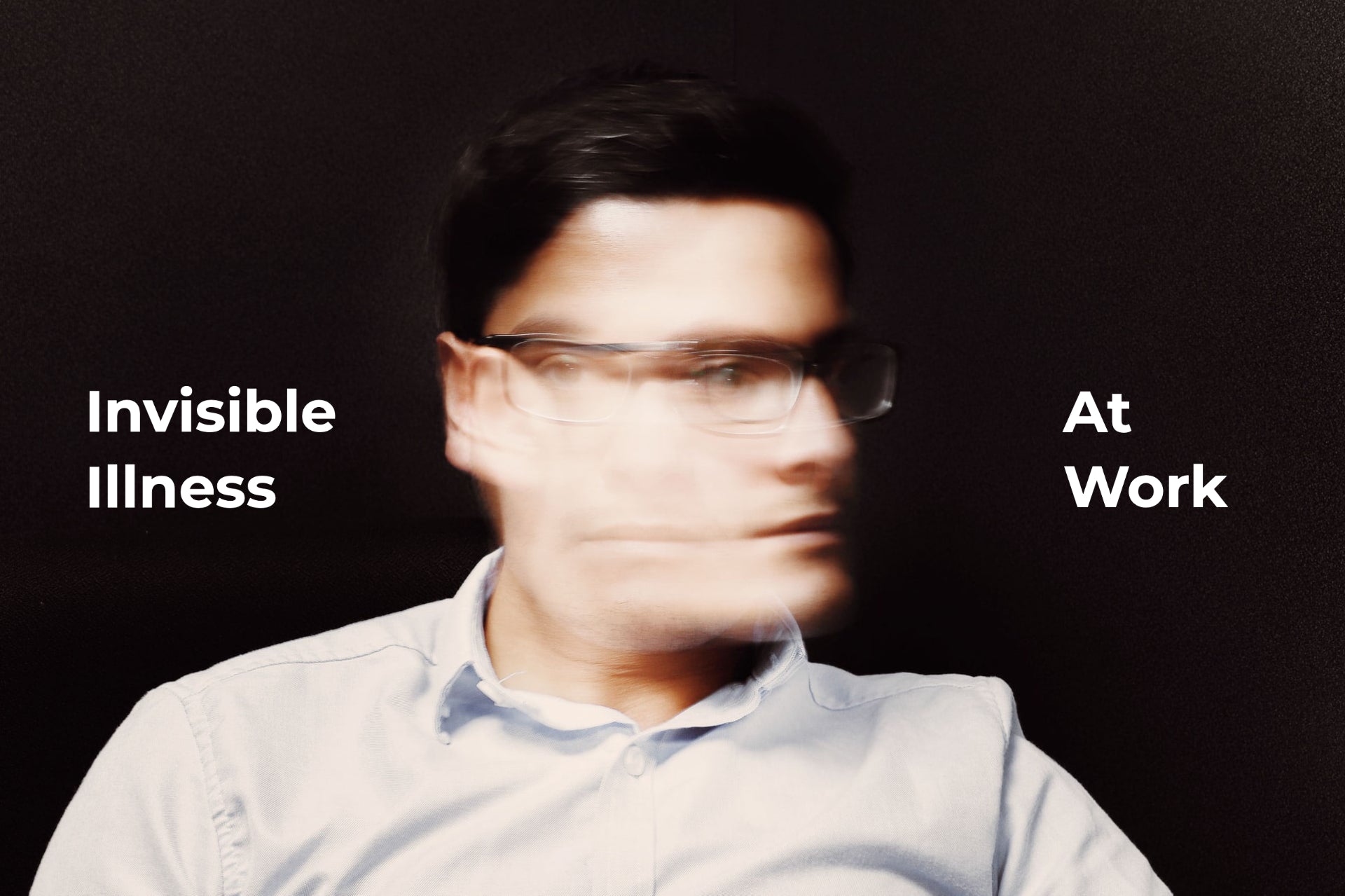What is a migraine?
Migraine is a genetic neurological syndrome. People are born with migraine and, when they have flare-ups known as migraine attacks, there are many symptoms that person feels. Often, migraine is misunderstood as a simple headache. In reality, there are several symptoms associated with migraine and migraine attacks.
Migraine is classified into two major types:
Migraine without aura
Characterized by headache associated with specific features and specific associated symptoms.
Migraine with aura
Known as classic migraines, migraine with aura is characterized by specific neurologic symptoms that can either precede or accompany the attack, which people find acts as a warning sign for the head pain that is to come1.
Migraine affects approximately 11% of the world population and is considered to be the third most prevalent disease in the world, and more importantly the sixth most disabling disease in the world.
Chronic Migraine
Chronic migraine are characterized by their frequency of occurrence. They must occur on at least 15 or more days per month, for at least 3 months a year, of which 8 of those days meet criteria for migraine without aura, and/or respond to migraine-specific treatment, occurring in a patient with a lifetime history of at least 5 prior migraine attacks, not attributed to any other causative disorder and no medication1.
Obviously, to the lay person, this is a very complex definition, so to try to simplify this as much as possible, people in the chronic migraine category largely have at least 15 days a month of migraine related headaches, for at least 3 months a year, in which more than half of those meet the criteria for migraine attacks.
If an individual has less than 15 headache days per month, they are categorized as people with episodic migraine, with the number of headache days further subdividing this group into low frequency 1-7 headache days per month, or high frequency with 8-14 headache days per month.
What are the Symptoms of Migraine?
Migraine symptoms can be best understood by focusing on the different stages of the progression of a migraine attack. It is important to note that each individual with migraine is unique and thus may or may not have each or all of these symptoms2.
PRODROME
This stage of the development of a migraine attack, can occur a few hours to even a few days before the migraine attack begins. There can be a wide variety of symptoms such as:
- Hyper irritability/mood changes
- Depression
- Fatigue and yawning
- Problems concentrating and even difficulties with speech and reading
- Sensitivityto light and sound
- Food cravings
- Increased frequency of urination
- Muscle stiffness
AURA
Auras are neurological symptoms that usually occur within an hour of the migraine commencing
- Visual disturbances, like light flashes, and even temporary loss of sight
- Numbness and tingling on a portion of the body
HEADACHE PHASE
this is the period of the actual migraine headache pain, and can last from 4 hours to several days
- Throbbing headache that is usually on one side of the head
- Throbbing pain or burning pain on one side of the head
- Light and sound sensitivity
- Nausea and vomiting Anxiety and insomnia
- Sensitivity to smell
- Depression and or anxiety
POSTDROME
This period begins when the migraine headache subsides and can last 1-2 days
- Depression
- Inability to concentrate or understand
- Depression or euphoria
- Fatigue
What are the causes of migraine attacks?
There are many migraine attack triggers. Even though we know that migraine is a genetic disease, where many have a family history of migraines, environmental influences are many and varied. Here is a list of those that are most common3:
- Changes in sleep patterns, especially lack of sleep
- Stress (strong link)
- Caffeine – Interestingly, both ingesting too much caffeine (coffee, tea,chocolate) and/or the sudden withdrawal from chronic caffeine consumption can be triggers
- Hormonal changes in women – migraine attacks are often linked to a woman’s menstrual cycle and may help explain why migraine are typically seen in the reproductive years of women, as well as why menopause and its hormonal changes are often a bad time for women with migraine.
- Weather – Weather changes such as barometric changes, or high humidity can precipitate attacks
- High altitude
- Loud noises, strong smells, and flickering lights
- Computer screens and televisions – especially prolonged exposure
- Foods –Chocolate is the commonly cited food precipitant
- Alcohol and cheese – both foods contain tyramine, especially red wine, which appears to be a widespread trigger
- Fasting – Long periods between eating can cause a migraine attack to occur. This may be related to low blood sugar
- Food additives –monosodium glutamate (MSG), nitrates, and aspartame have all been implicated
- Dehydration and hunger
What is the typical duration of migraine?
Migraine attacks typically last from 4 hours to 4 days4.
What are some migraine remedies?
Although there is no cure for migraine, there are a large number of potential remedies that can help both prevent frequent attacks and improve migraine symptoms. Some of the non-medicinal treatments are listed here3:
- Create a soothing and comfortable environment around you. This might include going into a dark and quiet room. We know that people with migraine are often very sensitive to both bright lights and loud noises. Sleep may also be helpful.
- Temperature therapy. Warm or cold compresses applied directly to the head may help, as might taking a warm bath to create a relaxed feeling.
- Caffeine. Small amounts of caffeine may help, and historically, this was a very common treatment before the vast array of medications were available as they are today.
- Sleep hygiene. As we know that migraine attacks can and will be triggered by a lack of sleep, it is important to develop a regular sleep schedule with preferably 8 hours of sleep a night.
- Good eating habits. Maintaining regular mealtimes are important to prevent times when blood sugar plummets too low.
- Maintaining a food diary. As different individuals who suffer from migraine attacks have different food triggers, keeping a food diary may be important to identify those foods that can provoke a migraine attack. As mentioned before, common food precipitants for migraines include aged cheese, alcohol, chocolate and caffeine.
- Exercise. Regular exercise is well known to relieve stress and help with good sleeping habits. As we know, both stress and lack of sleep, are potential migraine
- Stress management. Stress has been well established as a precipitant in many medical disorders. Migraines are no exception. Mitigating stress is a key strategy to promote an overall good health strategy.
Migraine medications
There has been a great deal of progress over the last several years in migraine medication. Migraine pharmaceutical treatments can typically be separated into two categories. The first are:
- Migraine “abortive” treatments which are focused on stopping a migraine attack once it is started
- “Preventive”medications which are focused, as one would expect, on preventing migraine attacks from even occurring5.
Abortive Medications:
- Over the Counter Treatments – These include drugs that can be purchased without a physician’s prescription. Some examples include:
- Ibuprofen: Advil Migraine, Excedrin Migraine
- Acetaminophen: Tylenol
- Triptans– These drugs typically target the release of serotonin in the brain, which have been associated with migraine attacks.
- Sumatriptan: Alsuma,Imitrex, Onzetra, Sumarel, Zembrace
- Almotriptan: Axert
- Eletriptan: Relpax
- Frovatritan: Frova
- Rizatriptan: Maxalt
- Zolmatriptan: Zomig
- CGRP antagonists: These are drugs block the Calcitonin Gene-Related Peptide (CGRP) protein that are believed to cause a major role in migraine attacks by causing pain and inflammation
- Ubrogepant (Ubrelvy)
- Rimegeoant (Nurtec ODT)
- Ergots: This class of drugs work by constricting blood vessels in the brain.
- Dihydroergotamine: Migranal Nasal Spray
Preventive Medications
Preventive migraine treatments focus on those migraine sufferers who typically have at least one headache day per week, and some are only used if a migraine patient is diagnosed as having chronic migraine.
- Antiseizure drugs: While it is unclear as to how these medications actually work to prevent migraines is unknown, it is thought to calm overactive nerve cells in the brain that lead to migraines.
- Topiramate (Topamax)
- Gabapentin (Neurontin)
- CGRP inhibitors
- Erenumab (Aimovig)
- Fremanezumab (Ajovy)
- Galcanezumab (Emgality)
- Botulinum Toxin(Botox): This medication is believed to block neurotransmitters that carry signals to the brain. It is however only indicated for patients who are diagnosed with chronic migraine.
- Medications that treat high blood pressure: The mechanism of action for these medications is not well understood.
- Propanolol (Inderal)
- Antidepressants: These pathways appear to work through their effect on serotonin levels in the brain.
- Amyitryptiline (Elavil)
Access to Migraine Care
While there are over 47 million people with migraine in the USA, there are only around 500 headache specialists. It's a barrier when working to find the right migraine treatment plan.
Luckily, there are telemedicine platforms, like Cove, that bring migraine specialists directly to you, through their app, to help personalize your treatment plan.
In any case, it's important to speak with a physician to go over options that work well for you.
Non-Invasive Tools for Migraine
In addition to medications there are non-pharmacological options to address migraine attacks5.
- Avulux: Avulux glasses use a precision tinted optical filter that absorbs as much as 97% of the most harmful wavelengths of light. Using Avulux can help individuals manage the impact of light sensitivity.
- Cefaly: It is a small headband device that sends electrical pulses through the forehead to stimulate a nerve linked with migraines
- GammaCore is a handheld portable device that stimulates the vagus nerve in the neck and has been shown to helpmigraine sufferers
- Nerivio: It is a wireless electrical neuromodulation device that is applied to the upper arm and has been shown to reduce migraine pain
Medication Overuse Headache
Medication overuse headaches are one of the most common chronic headache disorders with a worldwide incidence of 1-2%. According to the Headache Classification Committee of the International Headache Society, three criteria must be met.
- Headache present on greater than 15 days a month
- Regular overuse for greater than 3 months of one or more drugs that can be taken for acute and/orsymptomatic treatment of
- Headache has developed or markedly worsened during medication overuse.
This headache is predominantly seen in females who represent 66-80% of the cases. These headaches tend to occur in the younger age groups and tends to decrease by age 65. Risk factors associated with the disease may in fact only be markers. It tends to occur in lower income groups, but this may actually be an effect of living with chronic headache pain as opposed to be causing it. Not surprisingly, it is associated with depression and anxiety, sleeping problems, smoking, and a high body mass index. This type of headache occurs in those who have suffered from headaches for a long time, like chronic migraine patients. It has a very high economic impact on society, as many of those who suffer from this disorder cannot work and require a great deal of medical attention.
Migraine and tension type headaches have the greatest association with medication overuse headaches, but the mechanism from which they develop is unknown. Both opioids and triptans seem to be a precursor for this disease. Treatment is not easy and is focused on three areas.
- Withdrawal of those drugs being overused
- To provide support to the patient with both other drugs and behavioral support
- To prevent relapse
Espen Saxhaug Kristoffersen and Christian Lundquist, Ther Adv Drug Saf 2014 Aril 5(2) 87-99
What is the best remedy for a migraine?
There is no simple answer to this question, as migraine is a complicated disorder, and no two people are the same.
- Migraine attacks may be able to be controlled with lifestyle changes alone.
- Managing migraine attacks may require medications.
- For others, using migraine specific medical devices may be the answer.
- For many, it may well require the use of multiple different modalities including lifestyle modification,medications, plus the use of certain medical devices.
If light sensitivity is the most problematic feature for one with migraine, then the use of precision optical filters such as those in the Avulux glasses may be most beneficial. This may be even more important given the post COVID world that we live in, where much of our life is spent on virtual meetings and spending much of our days in front of a computer screen.
The exposure to artificial light prior to the sun rising and after the sun has set can cause those most sensitive to light to overexcite the cells in their eyes, thus leading to migraine attacks and worsened migraine pain.
Clearly, there are many options out in the market, and it is up to everyone to find an option that is best for them.
Migraine in children
Children are susceptible to migraine attacks and can have them at any age. It can be as debilitating for children as it is for adults, and even more so given the potential disruption of school related activities as well as potential for negative social reactions, including bullying6.
Treating migraine in children is more challenging than adults, largely because parents are more cautious in using medications in children, as well as the fact that not all medications approved for adult use in migraines are approved for use in children.
Over the counter pain killers should not be used more than two times a week, and only triptans and ergots are approved for use in children. Prevention of migraine attacks should clearly be the focus, as well as lifestyle changes and behavioral based therapy. Proper hydration, adequate sleep, exercise, and proper nutrition are all important interventions.
It is paramount for parents of children with migraine to seek the advice of competent health professionals to make certain that the best treatment option is selected.
References:
2 https://americanmigrainefoundation.org/ resource-library/timeline-migraine-attack/
3 https://www.migrainetrust.org/ about-migraine/trigger-factors/common-triggers/
4 https://www.mayoclinic.org/diseases- conditions/migraine-headache/symptoms
5 https://www.webmd.com/migraines- headaches/migraine-treatments
6 https://americanmigrainefoundation.org/ resource-library/treating-migraine-in-children/













